Reverse-engineering the LDV eT60: Australia's first electric ute
LDV is the first car company to officially sell an electric ute in Australia. Let's reverse engineer exactly what LDV has revealed about the eT60 - the better for you to know if it’s any good...
If you had said, before the pandemic, LDV would be the first company to field an electric Ute in Australia I would have recommended even stronger medication.
Yet this is exactly the position we find ourselves. In this report I'm going to reverse engineer exactly what LDV has revealed about the country's first electric ute, the better for you to understand exactly what's going to be on offer.
We need to start by saying that LDV does deserve credit for doing something that no other established player in the market has been able to do in this country, despite our fascination with utes and the deadset ease with which it could’ve been done by Hyundai, Honda, Ford, Toyota or Mitsubishi years ago, given they all have skin in the game regarding utes and experience with electric vehicles.
Ford has allowed the Chinese to beat it at its own pick-up truck game, at least here in Australia - the second most ute-thirsty nation on Earth.
LDV has also beaten Elon Musk. They've out cyber-trucked Elon Musk everywhere in the world, but imminently in Australia, because the LDV eT60 actually exists - salient point of difference.
Here’s what LDV had to say in its new eT60 press release here >>
LDV leads Australia into the future well
Thanks to the second law of thermodynamics, yeah.
Not since the brand's launch in 2014 has there been such a fundamental step change in product strategy we're once LDV was synonymous with value-driven motoring…
They mean ‘cheap’, nasty shitboxes.
now LDV is setting the agenda for commercial electric vehicles in Australia.
Although, they're still selling numerous cheap, nasty vehicles though. I’d suggest that this is what public marketing masturbation actually looks like - only it’s supposed to be journalists reading this, not you, the audience.
Allow me to retort LDV. Kindly take that business well away from me and the public eye, you shameless barrow-pushers. When I look at LDV, objectively, they still overwhelmingly stand for cheap utes and vans. That's just how they roll. Why don't we just be honest about it?
They go on:
LDV is backed by the Shanghai Automotive Investment corporation…
Which is also the case for MG, although the salient difference is MG is a dedicated factory-owned import operation in Australia and they have a large dealer network - 83 or something from memory - and thus they're in a better position to offer National support. They're philosophically well aligned with the factory to do that.
Whereas LDV is imported by Ateco which is, kind of, in the game for itself and widely acknowledged as being fairly poor at support.
So that's something to bear in mind if you are considering this vehicle or indeed any LDV.
LDV is backed by SAIC, one of the world's largest OEMs, with extensive experience as an electric vehicle manufacturer in arguably the fastest growing EV Market in the world…
It either is, or it isn't. That's an objective thing, it's not not a matter of opinion. Either China is the fastest growing EV market in the world growing or it's not.
the new models are: eT60, Australia's first fully electric ute; eDeliver 9, an electrified version of LDV's segment leading large van; and MIFA 9…
MIFA 9 sounds like a porn star but is really a luxury electric people mover. Who doesn't want one of those for moving all of those luxury electric people around?
Let’s talk about the technical aspects of the eT60 now…
My AutoExpert AFFORDABLE ROADSIDE ASSISTANCE PACKAGE
If you’re sick of paying through the neck for roadside assistance I’ve teamed up with 24/7 to offer AutoExpert readers nationwide roadside assistance from just $69 annually, plus there’s NO JOINING FEE
Full details here >>
AutoExpert DISCOUNT OLIGHT TORCHES
These flashlights are awesome. I carry the Olight Warrior Mini 2 every day - it’s tiny, robust, and super useful in the field or in the workshop. Olight is a terrific supporter of AutoExpert.
Use the code AEJC to get a 12% discount >>
Generators suck! Go off-grid with AutoExpert BLUETTI PORTABLE POWER STATIONS
Need mobile, reliable power? If you’re camping, boating, caravanning or building a dirty big shed in the back paddock, and you need to run a refrigerator, lights, air conditioner, cooking, and/or a bunch of tools - Bluetti has a clean, tidy, robust solution…
Get your AutoExpert free shipping discount here: https://bit.ly/3n62heK
GETTING DOWN TO EV BRASS TACKS
Let’s break down some of the number-based details LDV Australia has kindly provided the scientifically illiterate mainstream motoring media to repeat to like-minded audience members, unlike yourself who at reading AutoExpert for a reason.
LDV Au says:
the et60 is powered by an 88.5 watt hour lithium-ion battery pack, good for a combined WLTP of 330 kilometers^…
That's the most recent fuel efficiency standard test protocol, and we'll get to that.
…charging from 5-100% using an 11kw charger…
Which means you've got to have three-phase power for that. Also, just to be grammatically pedantic, it’s ‘kW’ because the ‘W’ means ‘Watt’, as in James Watt, the guy who the unit measurement is named after. Show some respect.
…takes approximately nine hours*
Another caveat disclaimer. Are you getting any hint that this is perhaps the most optimistic electric vehicle press release of 2022? It’s certainly a contender.
the eT60’s DC fast-charging capability will charge from 20 to 80% in approximately 45 mins*
Now the caveats on all of those charging times:
Translation: Whatever we say it will take to charge, it’s going to be more than that; and however many kilometres of range we say, it will be less than that, basically. Oh, and you’ll practically never get the ideal conditions in order to get the figures we claim.
At least that’s what you should be inferring from this press release.
Essentially, we don't know all that much about the new eT60 yet, but we do know enough to get cracking on exactly what you should expect from this electric so-called workhorse.
Shall we?
It's really simple to understand the ghetto physics of EVs, and you only need three data points for this equation.
First, you need to know the kilowatt-hours of the battery. Secondly, you need to know the range, according to the WLTP cycle is best. And third, you need to know the kerb weight, which is in all of the specs, typically. (But not always, often when a carmaker doesn’t want you to know too much before the ‘big reveal’ where they can bury it in amongst a smattering of information, quotes and pretty pictures.)
Okay, so once you have these three data points, you can come up with a magic number.
Two quick caveats on this magic number:
There are a couple of variables with all this because some manufacturers refer to the usable battery capacity as the rating, and some use the greater hypothetical total battery capacity. In other words, some capacity stays in the battery, and some manufacturers quote it one way and some manufacturers quote it the other way, which accounts for some variability in our magic number;
You need to also be aware that the range is quotable in two different standards. One is the WLTP standard, which is the more conservative, modern one introduced in 2017 and is more aligned with real-world outcomes. It's still rather optimistic, but the second one, which is the New European Driving Cycle (NEDC) is wildly out-of-date and in fact is not ‘new’ at all. It was last updated in about 1997, and manufacturers use that to significantly overstate the range for simpletons who might want to buy their product and think it’s excellent when in reality, it's quite terrible.
With that out the way, let’s hit the numbers.
Get the kilowatt hours, divide it by the range in 100-kilometre lots. So for 420km it would be 4.2 (lots of 100-km.)
Then divided by the mass in tonnes. So if it's 1850 kilograms empty, divide it by 1.85 because that's 1.85 tonnes.
Then the magic number, which we’ll notionally call E* - this is the amount of energy required to take one tonne of vehicle 100 kilometers.
This is really useful for comparison purposes because it controls for the mass and it controls for the range and it gives you a better idea of how efficient the design is - it's like apples for apples.
If you’re interested in an LDV eT60 - or any other electric vehicle - you can run this equation using the stated figures quoted in the press release above.
You can also watch the full report so you can see how the eT60 compares with the MG ZS EV and get a clearer picture as to how Australia’s first electric ute will or won’t work for you.




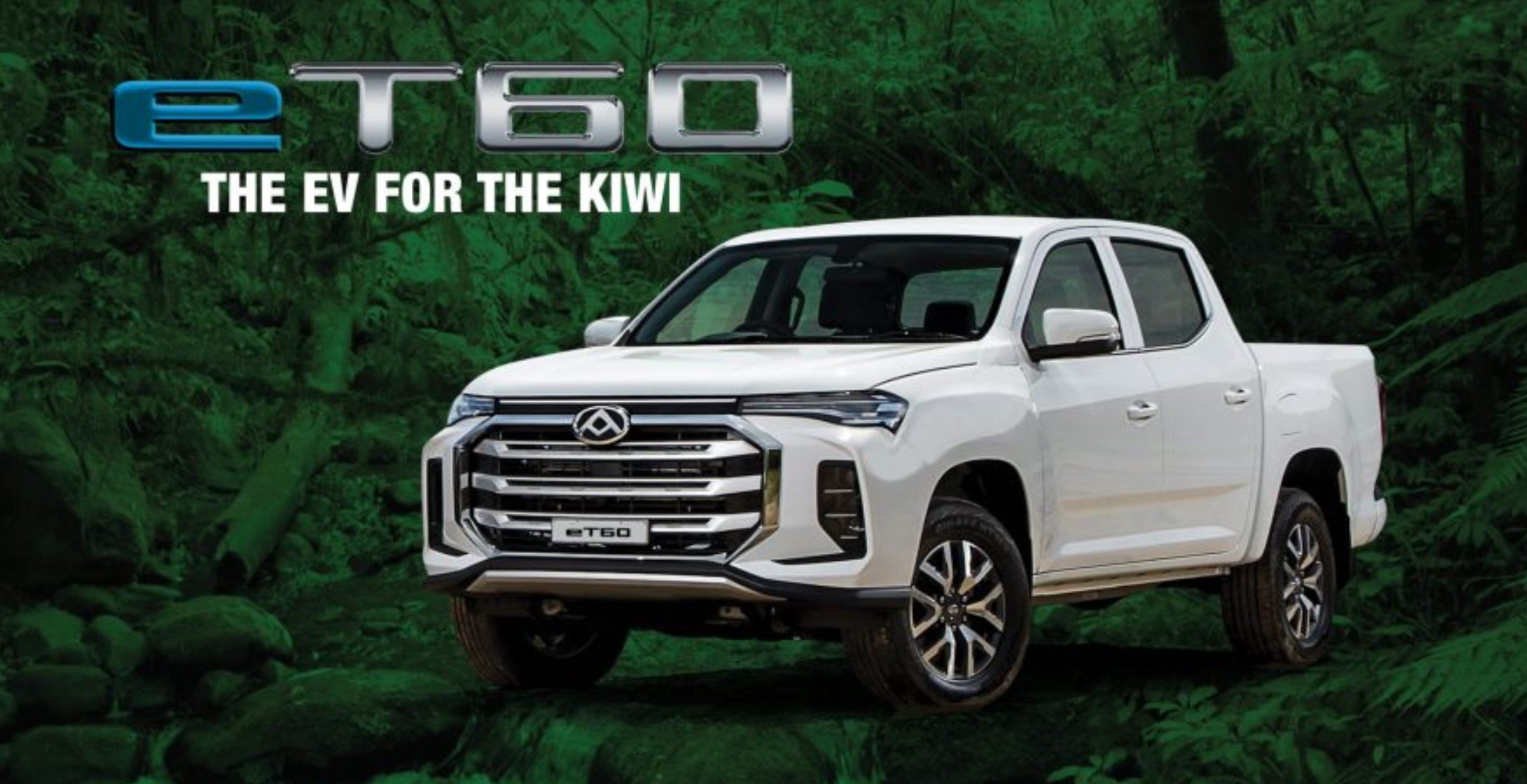
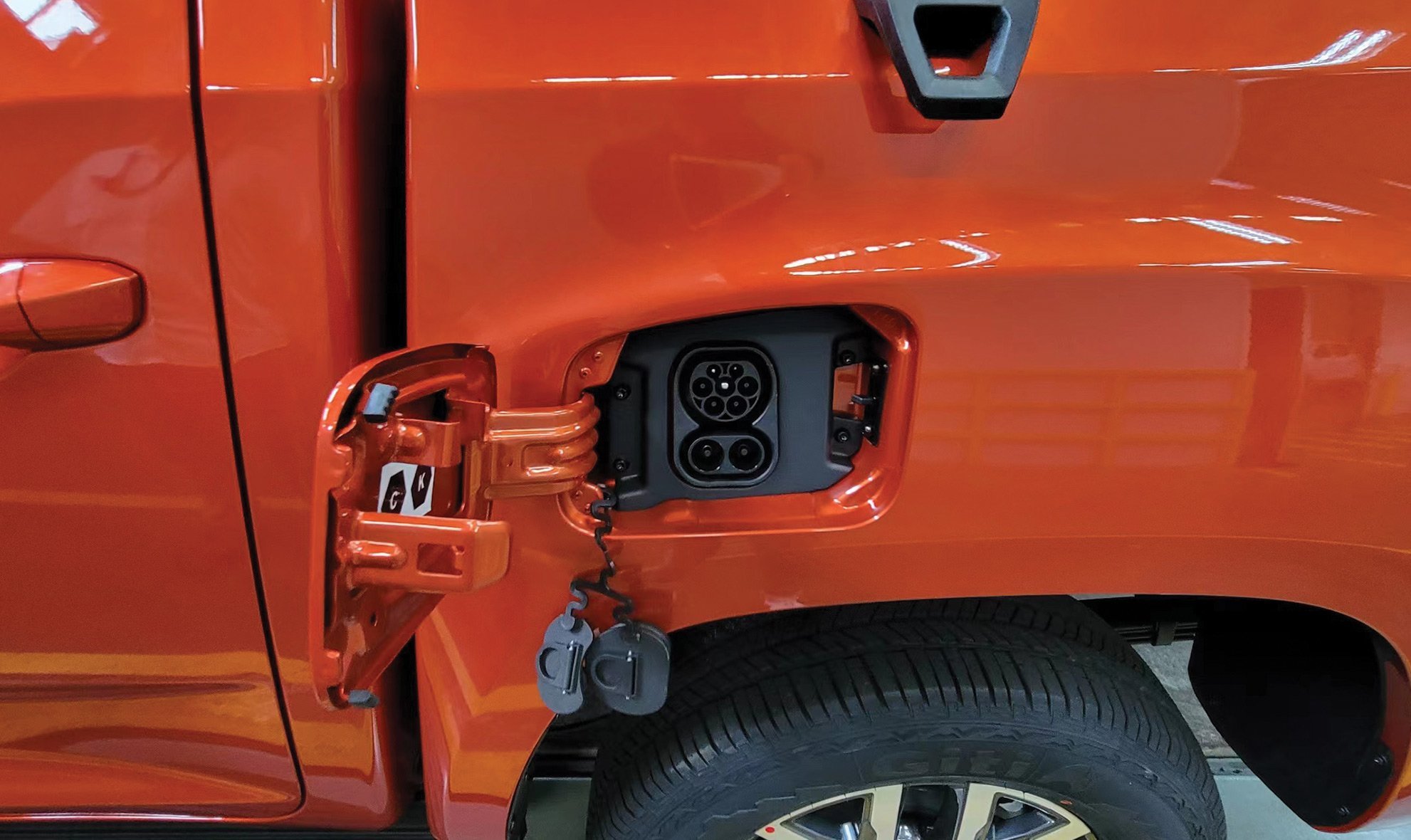
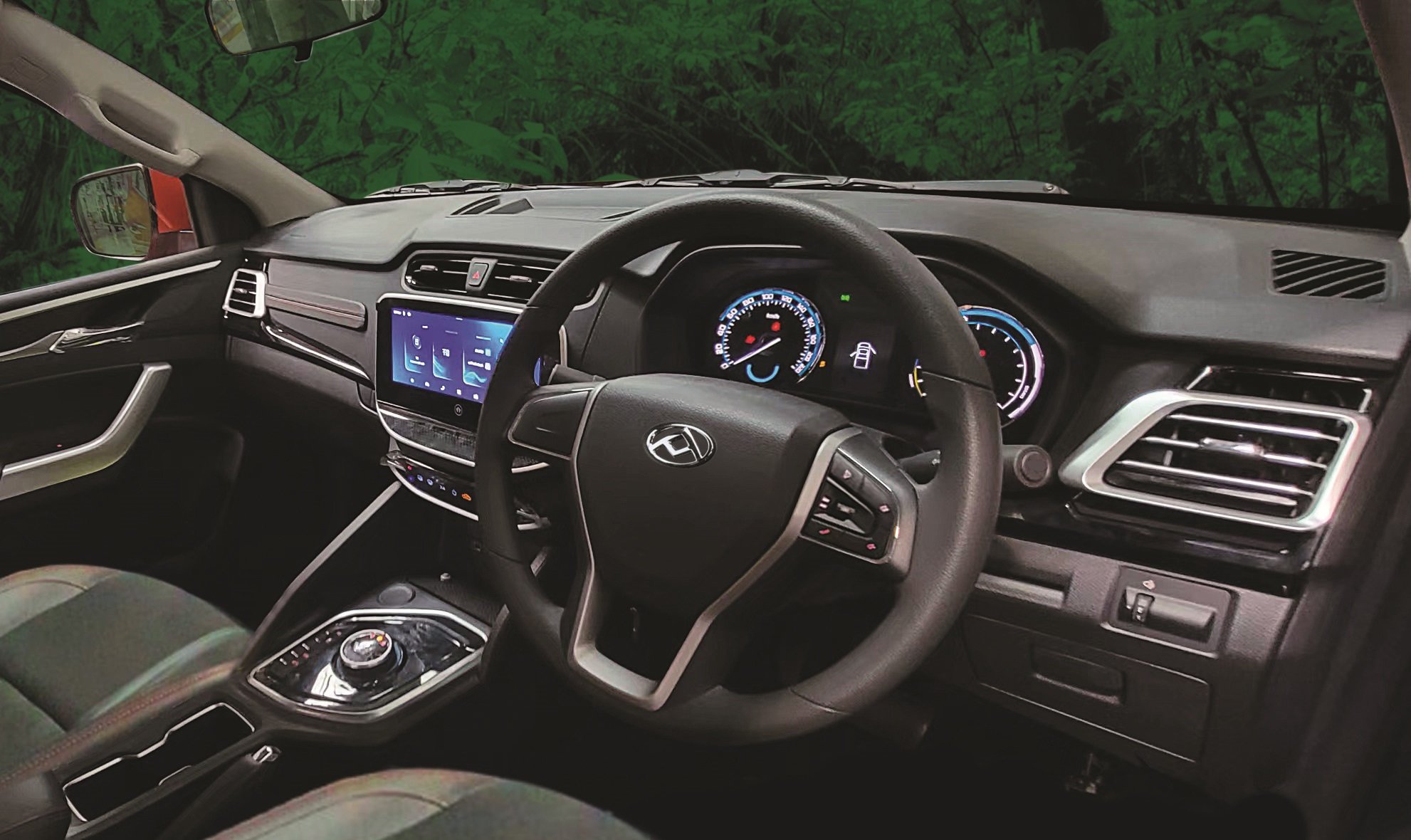





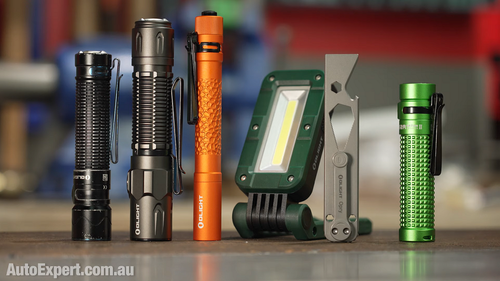

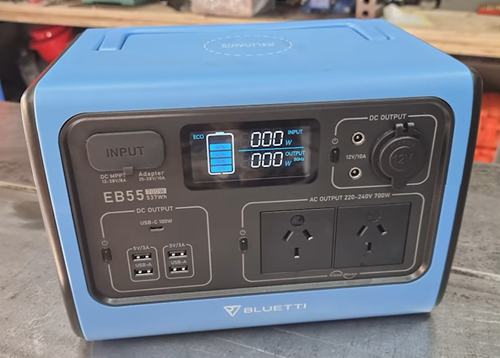
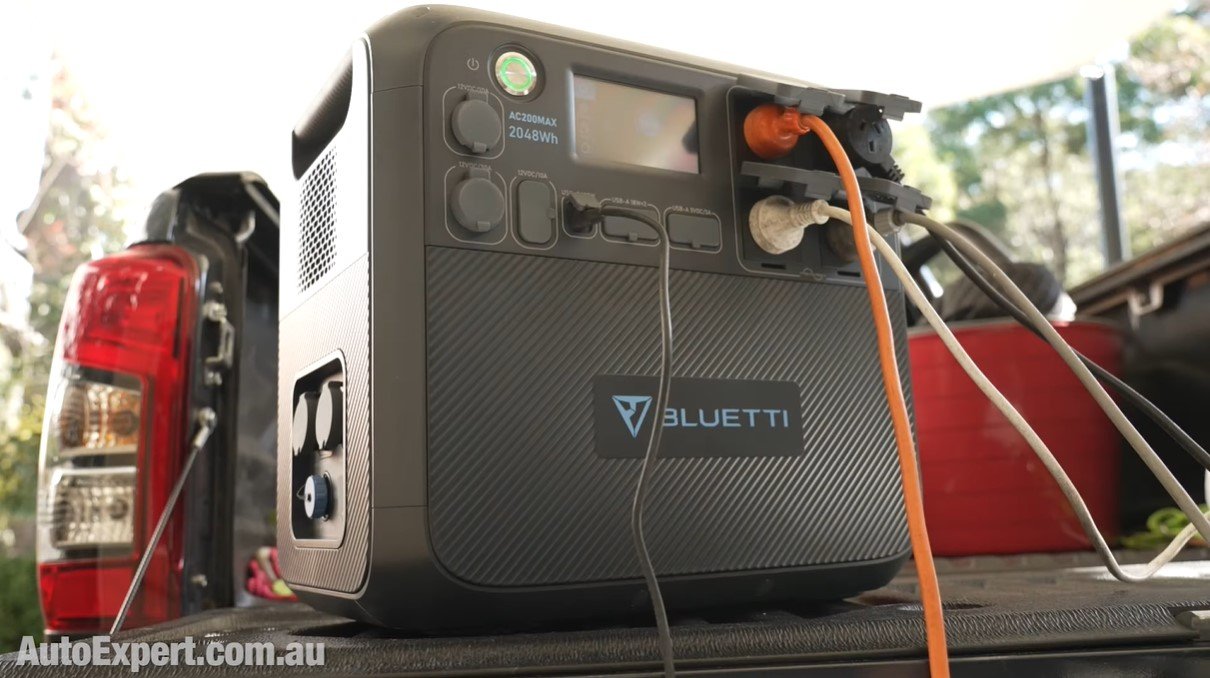




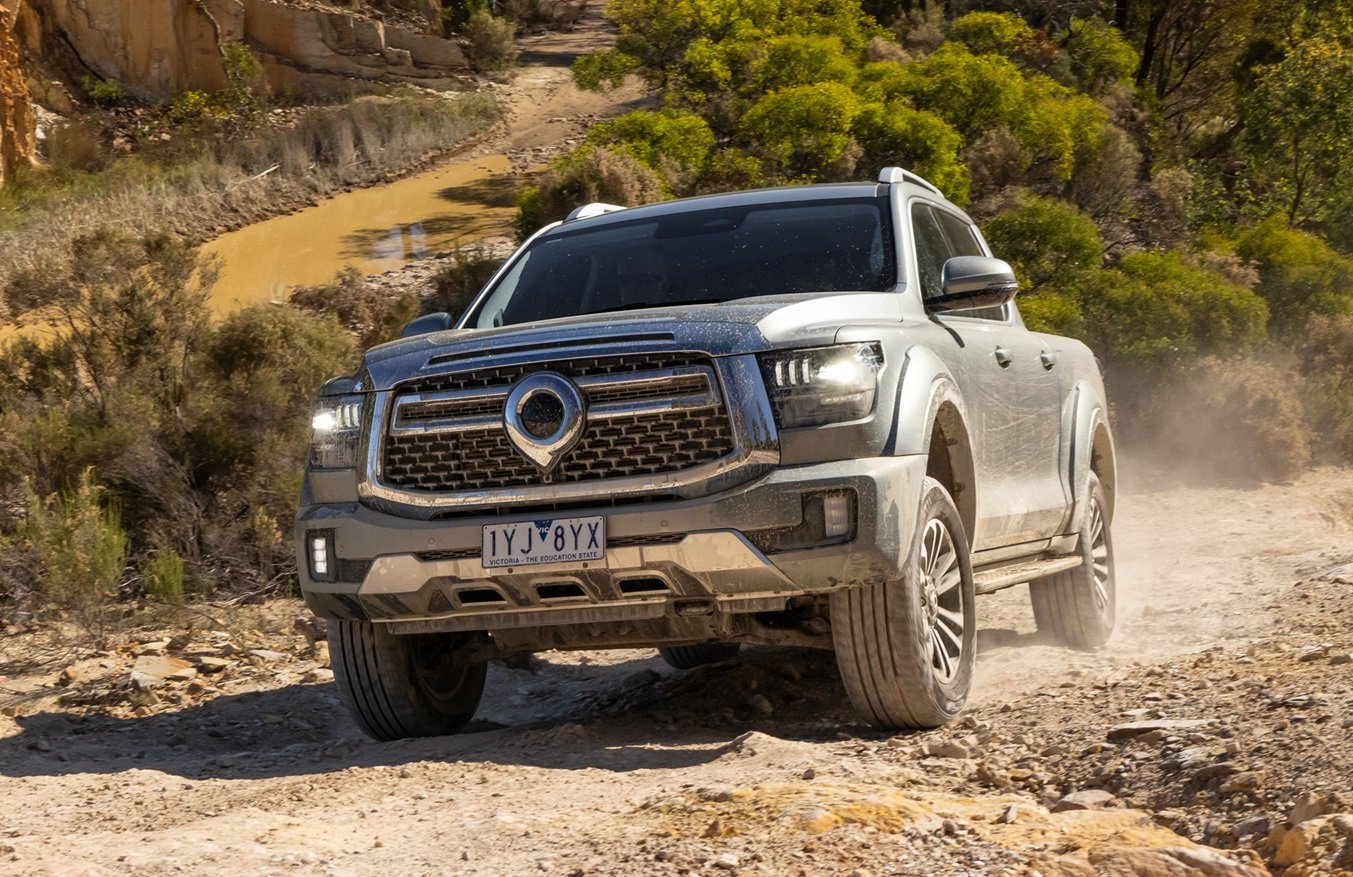

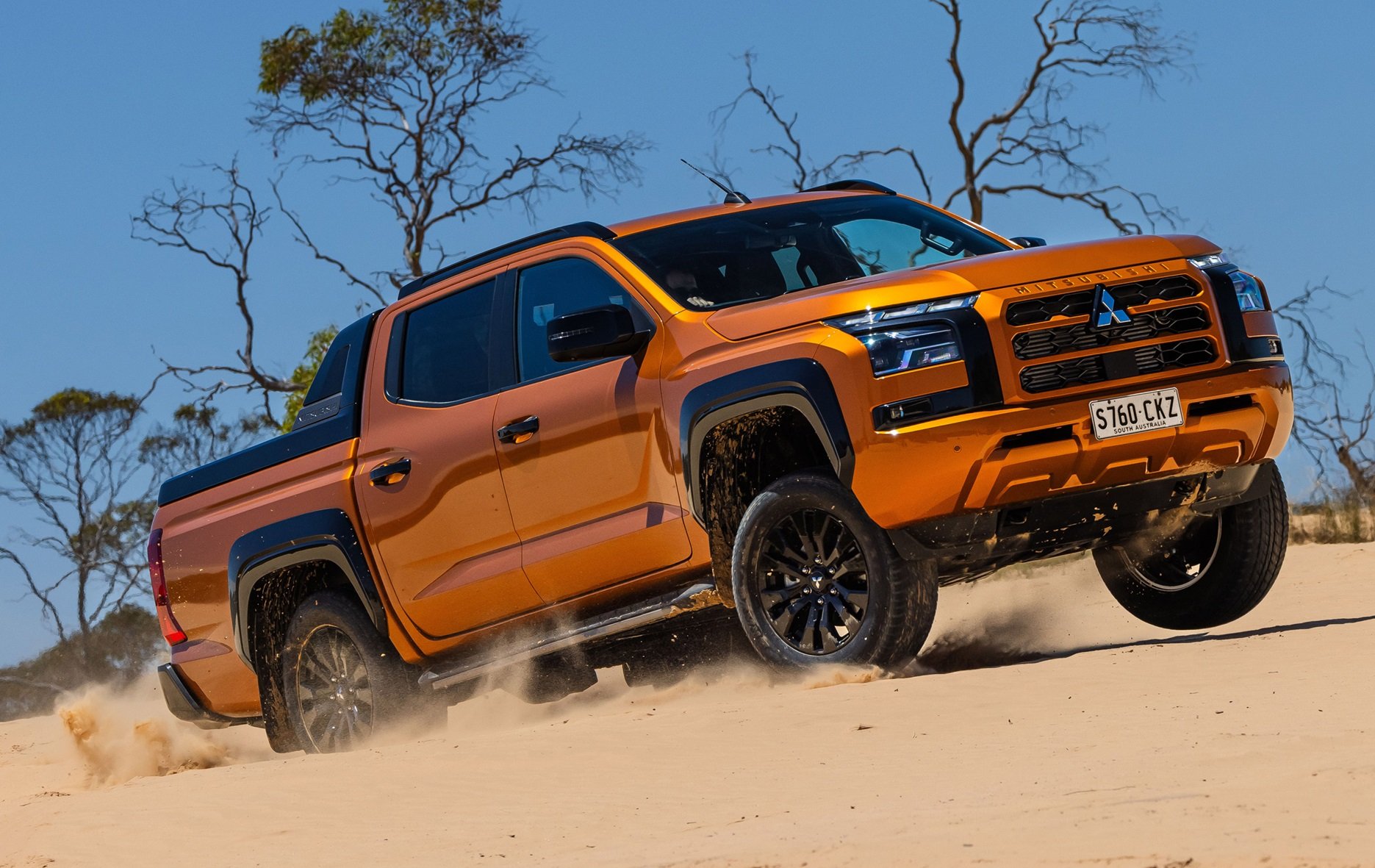
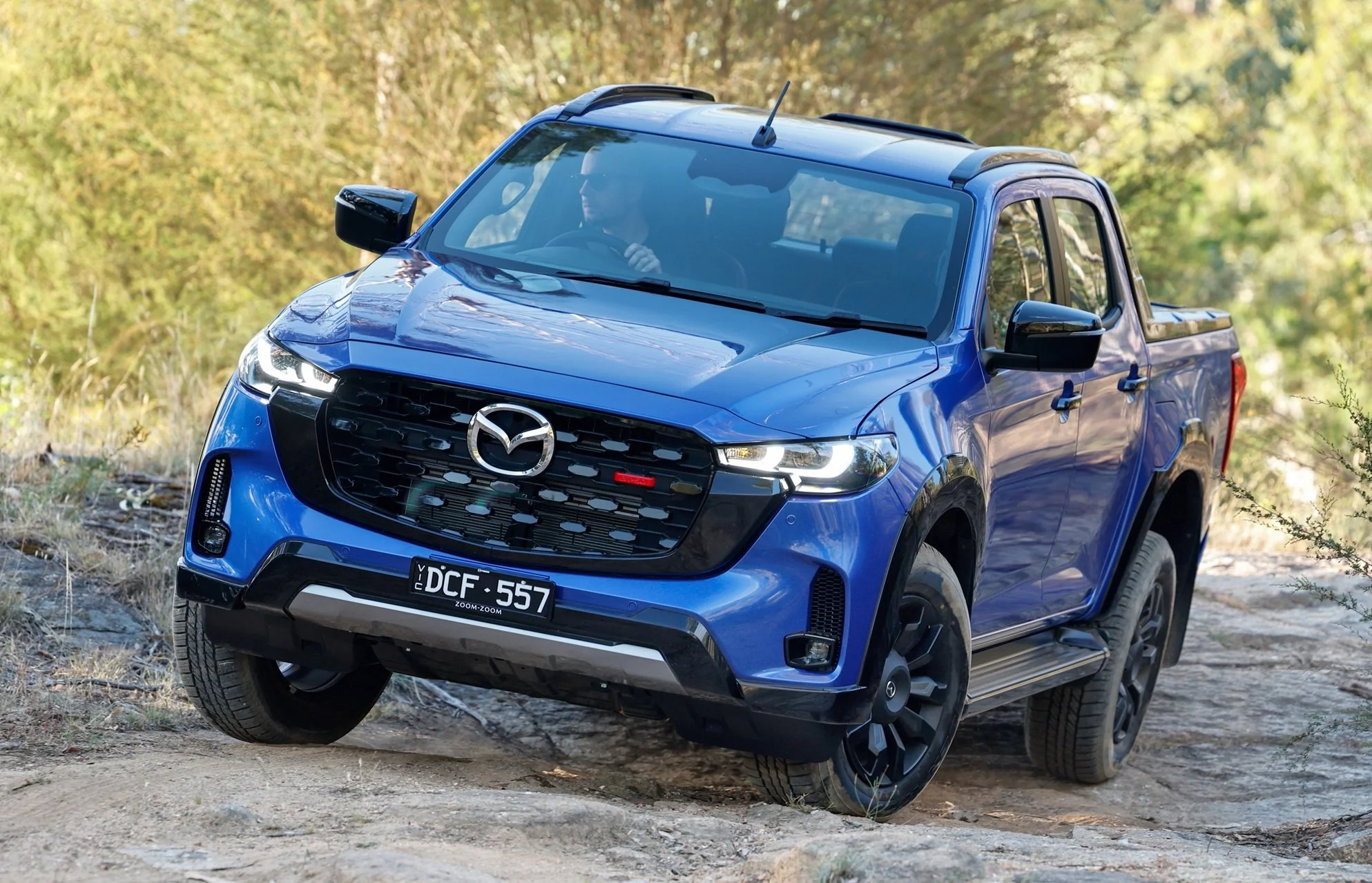


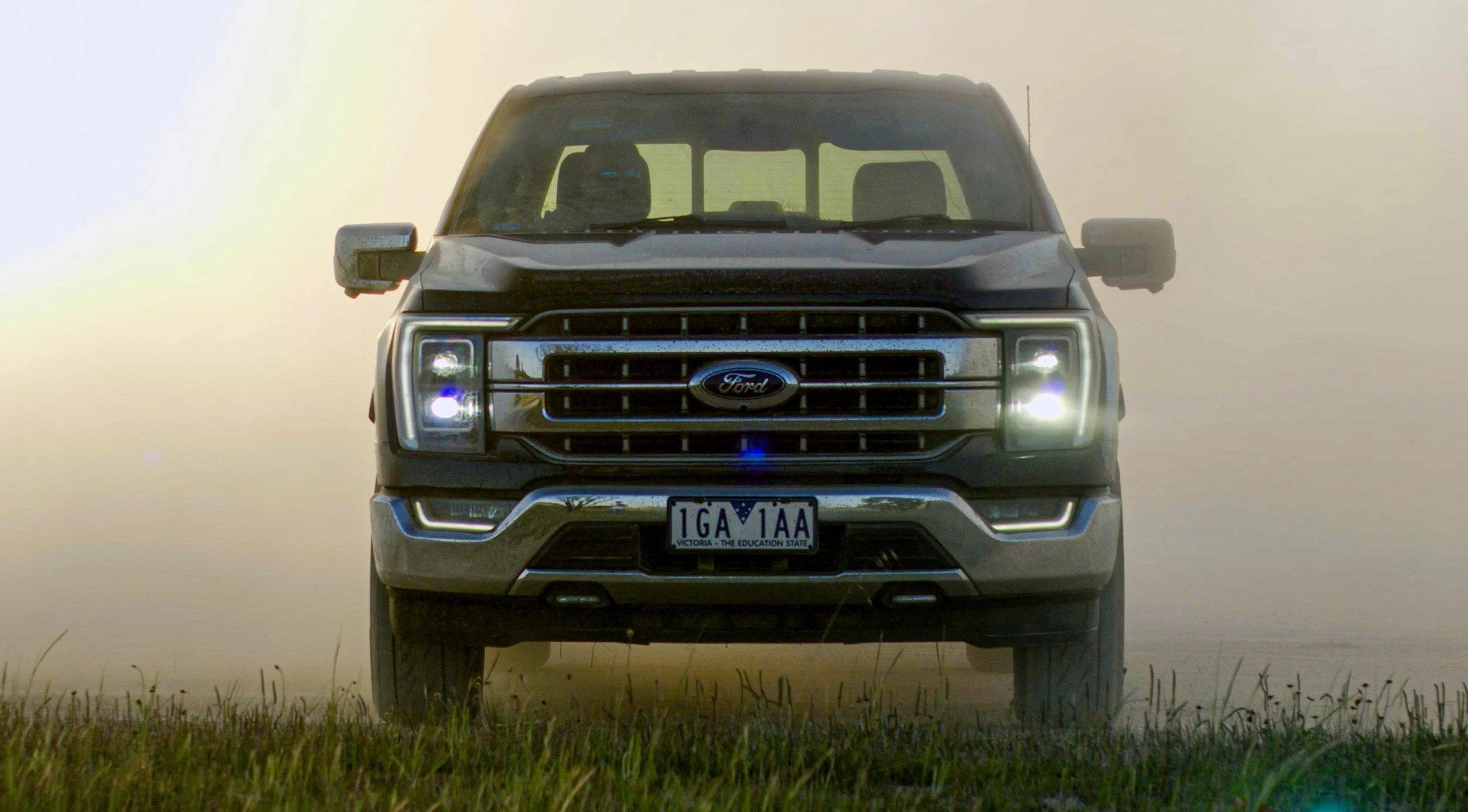
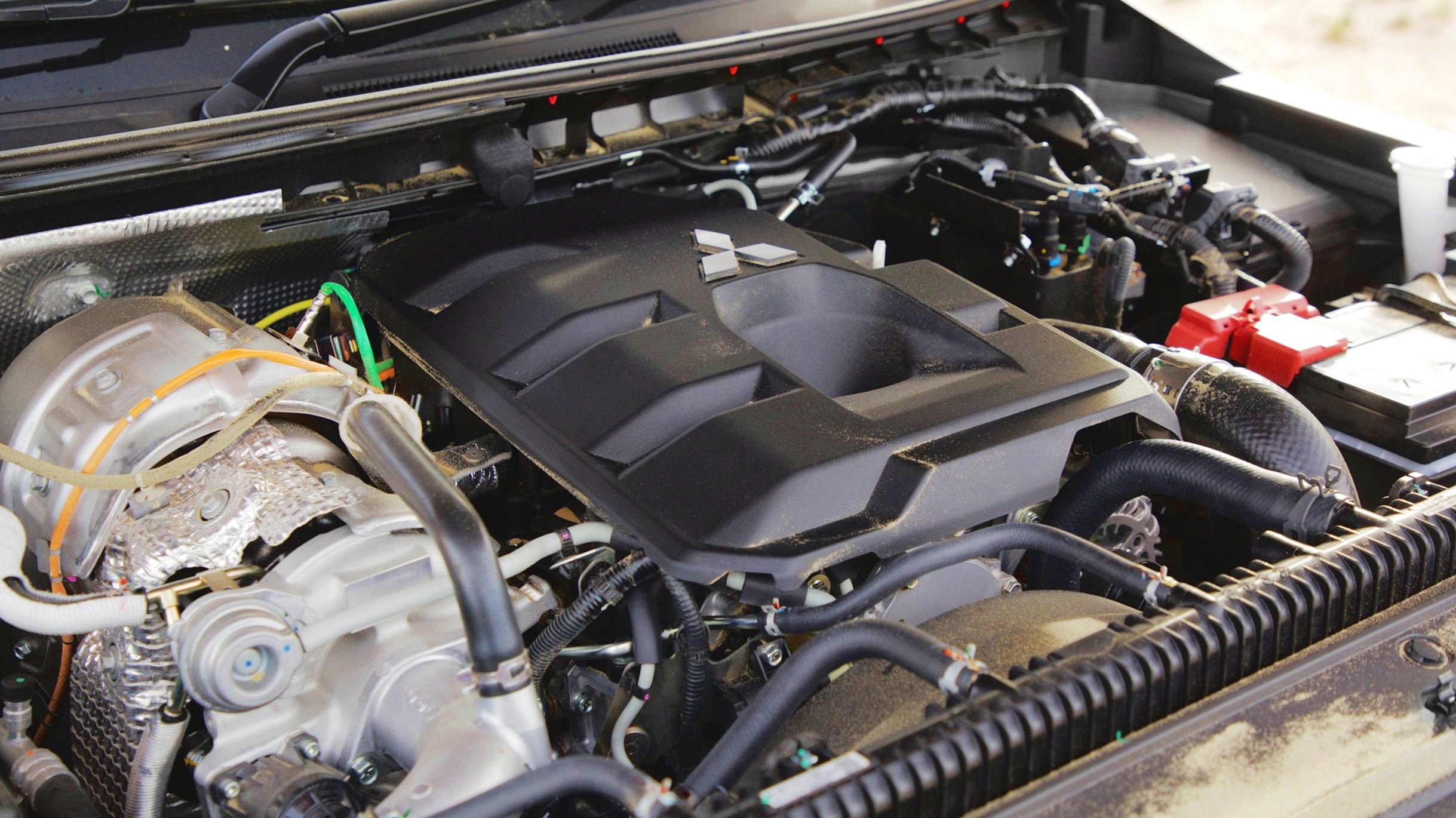

The BYD Shark 6 is the third Chinese ute trying to compete with Ranger, Hilux and Triton. It promises affordability and more power than a Ranger Raptor. But can the Shark 6 really be a better dual-cab ute?